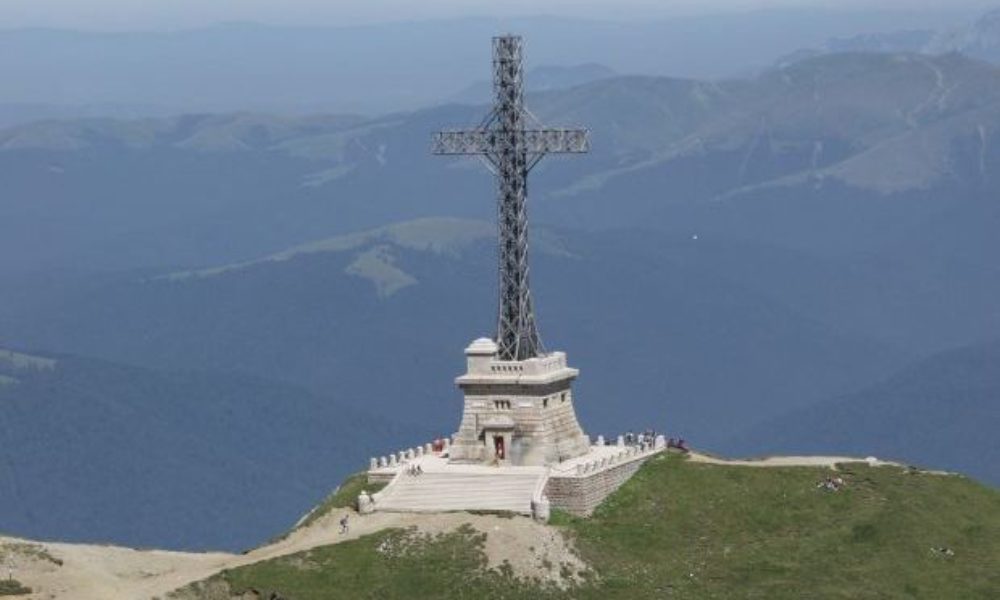Justice authorizes the final containment of 42,000 tonnes of toxic waste in Stocamine – Liberation

The Strasbourg Administrative Court authorized this Tuesday, June 17, final containment of toxic waste On the Stocamine website (Haut-Rhin), rejecting the requests of the European community of Alsace, environmental protection associations and residents, which alerted to the environmental impact.
The court judged that destocking 42,000 tonnes of toxic waste (Cyanide, arsenic, Mercury, etc.) stored in this former potash mine in Wittelsheim in Alsace, an option defended by the applicants, was no longer safe, in particular due to the degradation of the state of infrastructure.
Final confinement « Now constitutes, in the state of the best available techniques, the measure most likely to preserve water resources and therefore the right of future generations to meet their own needs », explains the administrative court in its judgment. This solution is to build concrete barriers around the blocks containing waste and backfilling the wells giving access to it to ensure a seal.
This judgment may be the subject of an appeal to the Nancy Administrative Court of Appeal within two months. It marks a new stage in the showdown which has been the environment and the State for years.
If the authorization to store this toxic waste was initially temporary, the State, by a decree of the Haut-Rhin prefecture of September 28, 2023, extended the storage authorization for an unlimited period. The Alsace Potasse Mines Company (MDPA), site manager and 100 % owned by the State, has started from a large project to flow concrete barriers in underground galleries.
The State’s decision and the work that followed aroused a certain opposition in Alsace. Elected officials, residents and associations fear that the maintenance of in depth waste, even under concrete, does not pollute the water table of Alsacewhich feeds millions of people. They believe that the state of the mine, too degraded according to them to prevent water infiltration, will end up in contact with waste by contaminating the water table despite the presence of concrete barriers.
But the administrative court considered that the robotic technologies envisaged by the applicants could not be used for complex destocking operations. Discarding the possibility of destocking, the court considered that the final containment of toxic waste constituted the measure most likely to preserve the environment in short, medium and long term.
At the hearing on May 15, the public rapporteur Alexandre Therre had spoken out in favor of the continuation of the containment work, believing that the « Very significant degradation » galleries, where « The roofs are busy and the walls are getting closer », prevented from extracting « In complete safety » waste. A reasoning castigated by François Zind, the lawyer of Alsace Nature, who considers to be put before « The fait accompli » and fears to see the toxic waste transmitted « Inheritance to future generations ».
In a rare transpartisan press release published at the end of May, nine Alsatian parliamentarians of all stripes had reported a « Now risk of a rapid flood of the mine which will cause irreversible pollution of the water table ». They claimed to stop containment and start the destocking of waste, but no follow -up was given to this initiative.
In a report published in December 2024, the Court of Auditors calculated that the successive delays in the final containment site had cost the State for an additional 226 million euros since 2013.







